AI Image Restoration & Upscaling: Risks & Best Practices
In recent years, AI has revolutionized the way we restore and enhance images. From bringing faded memories back to life to turning blurry pictures into high-resolution masterpieces, AI-powered tools are now widely accessible for personal, academic, and commercial use.
But with great power comes great responsibility. While these technologies offer immense convenience and creativity, they also raise serious concerns about legality and ethics. As AI image restoration and upscaling become more popular, questions about copyright, privacy, and misinformation are becoming increasingly urgent.
So, is it really legal to enhance photos with AI? And how can you do it without crossing legal boundaries? This article dives into the core legal and ethical risks-and shows you how to stay safe while enjoying the full benefits of AI-enhanced imaging.
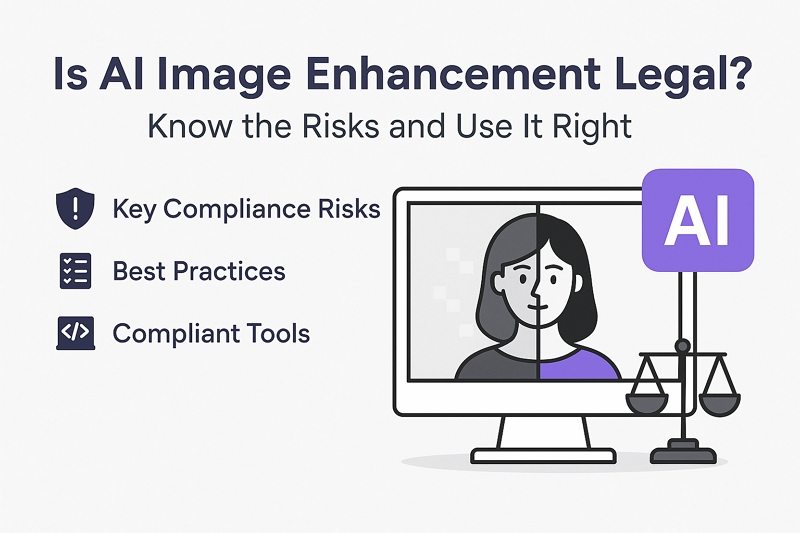
Part 1. What is AI Image Restoration & Upscaling?
AI image enhancement includes two core functions:
- Image Restoration: This involves repairing and reconstructing damaged, faded, or low-quality images-such as old family photos, scanned prints, or images with noise and artifacts.
- Upscaling: This process increases image resolution (e.g., from 2K to 4K) while preserving and enhancing detail using AI-trained models.

Common Use Cases of AI Image Enhancement
Restore Old Photos and Family Memories
AI can remove scratches, fill in missing parts, and recover faces from black-and-white or heavily damaged pictures-making old memories vivid again.
E-Commerce Product Image Enhancement
Online sellers use AI upscaling to improve product image clarity, highlight features, and create better thumbnails-driving more clicks and sales.
Social Media Content Enhancement
Influencers and creators use AI to clean up selfies, sharpen backgrounds, and color-correct photos for Instagram, TikTok, and YouTube content.
Image Recovery in Education or Research
Researchers and educators enhance low-quality historical or scientific images to improve readability and visibility in presentations, publications, or analysis.
Part 2. Key Compliance Risks of AI Image Enhancement
1. Copyright Infringement
Using AI to restore or upscale images that are under copyright protection can lead to derivative infringement. Even enhanced or stylized images may still violate the original creator's rights. In 2023, a European retailer was fined €12,000 for using AI-repaired news images in ads.
2. Privacy Violations
Enhancing faces or identifiable content in photos can violate privacy laws such as GDPR (EU) or CCPA (California). You need consent if the image includes people whose likeness is enhanced, especially if used for commercial or public purposes.
3. Deepfake Ethics & Misrepresentation
AI tools can alter historical, cultural, or documentary images in misleading ways-raising concerns about misinformation and ethical misuse.
For example: An influencer posted an AI-enhanced image of a historical event and falsely claimed it was a family heirloom. The post went viral before it was revealed to be misleading, harming their credibility.
4. Trademark & Brand Abuse
Upscaling logos, branded visuals, or packaging using AI can unintentionally support counterfeiting. Trademark holders may pursue legal action if enhanced images are misused.
For example: A knockoff seller used an AI-upscaled image of a luxury logo in online listings. The brand sued for trademark infringement and misrepresentation.
Part 3. Best Practices for Legally Safe AI Image Enhancement
1. Audit Source Images
Use images from:
- Public domain or CC0 repositories (like Unsplash, Pexels)
- Licensed stock libraries
- Content you created or have written authorization to use
2. Use Compliant Tools
Choose AI tools designed with compliance in mind:
- Copyright filtering or alerts for protected content
- Local/offline processing for privacy
- Watermarking and edit tracking
3. Anonymize Sensitive Content
When working with real faces, license plates, or private environments:
- Use blurring tools to anonymize individuals
- Crop out personal identifiers
- Avoid publishing without consent
4. Disclose AI Modifications
To avoid misleading your audience:
- Add a label like "AI-enhanced" or "AI-restored" when sharing images
- Disclose use of AI in marketing or historical reconstructions
5. Stay Updated on Regional Laws
Laws are evolving quickly:
- The EU AI Act enforces strict transparency and usage rules for AI-generated or enhanced content
- The S. Copyright Office requires human authorship for legal protection, so AI-altered content may not be fully protected
Part 4. How to Use HitPaw FotorPea for Compliant Image Enhancement
HitPaw FotorPea is an AI photo enhancer built for both casual and professional users who care about quality and compliance. It combines powerful AI with legal safety features to deliver stunning results without legal risk.
Key Features:
- AI Upscaling up to4K & 8K: Enhance resolution without pixelation using advanced super-resolution technology.
- Old Photo Restoration: Fix scratches, remove artifacts, and reconstruct missing details automatically.
- Face Enhancement: Rebuild facial clarity while maintaining natural skin texture and expressions.
- Anime Model: Specialized modes for stylistic consistency and clarity in artistic or animated images.
Compliance-Ready Functionality
- Copyright Filter: Flags potentially copyrighted images to avoid unintentional infringement.
- Privacy Mode: Automatically detects and anonymizes sensitive content like faces or license plates.
Step-by-Step Guide to Enhance Photos in HitPaw FotorPea
Step 1.Download & install HitPaw FotorPea according to your system. It works on both Windows and Mac systems.
Step 2.Open the program, and click Enhance Photos Now button to import your Image. This program supports JPG, JPEG, PNG, WEBP and more.

Step 3.Select a Model according to the content of your picture. Click the Face Model to enhance facial details; choose Denoise Model to eliminate the unwanted noise from the images, or click the Text model to improve the images's text visibility.

Step 4.Preview the Result using the side-by-side before/after view.

Step 5.Click Export button to export the final result.
Part 5. FAQs
Q1. Is it legal to enhance photos with AI?
A1. Yes-if you have the right to use the source image. Stick to public domain, licensed, or your own images. For photos with identifiable people or trademarks, always get proper permissions.
Q2. Can AI photo restoration bring back damaged images?
A2. Definitely. Tools like HitPaw FotorPea use deep learning to fill in missing areas, reduce noise, and sharpen blurry images-recovering faces and scenery with astonishing accuracy.
Q3. What is the best AI tool to upscale old photos?
A3. HitPaw FotorPea is one of the best. It offers multiple enhancement models, easy-to-use interface, and compliance safeguards-making it ideal for everything from family photo restoration to content creation.
Conclusion
AI image restoration opens unprecedented creative doors, but recklessness invites lawsuits. By choosing audited tools like HitPaw FotorPea-equipped with copyright filters, anonymization tech, and end-to-end encryption-you turn risks into rewards. Enhance boldly, but enhance wisely.




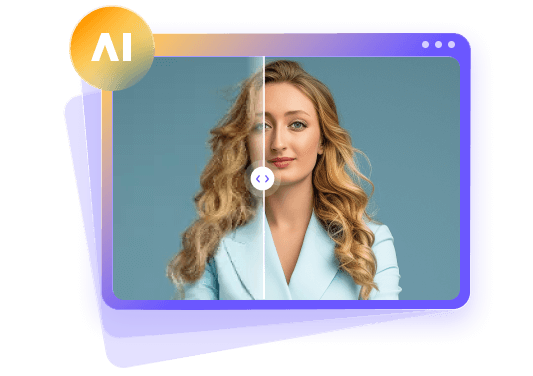






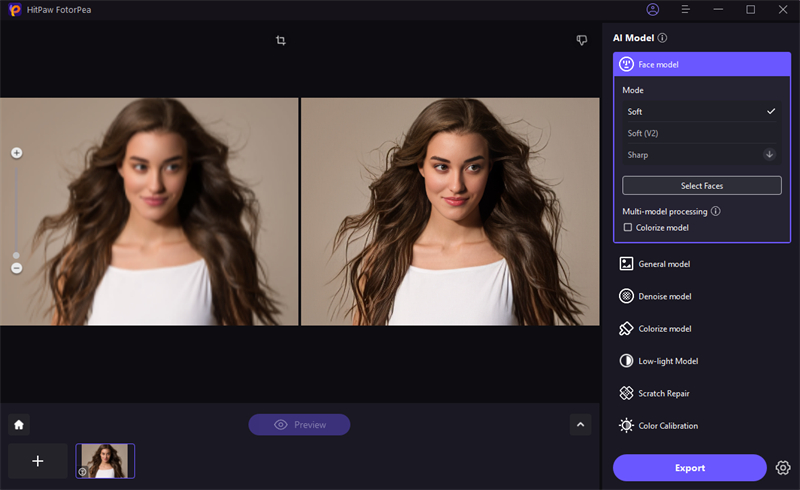

 HitPaw Univd (Video Converter)
HitPaw Univd (Video Converter)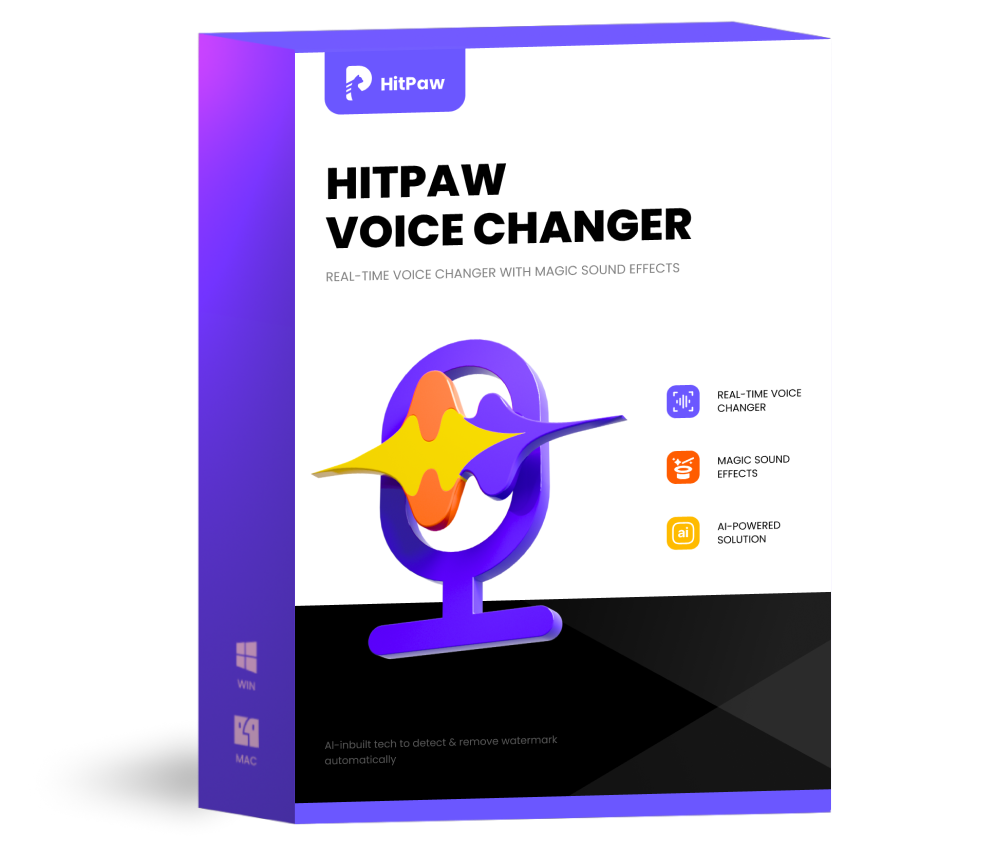 HitPaw VoicePea
HitPaw VoicePea  HitPaw VikPea (Video Enhancer)
HitPaw VikPea (Video Enhancer)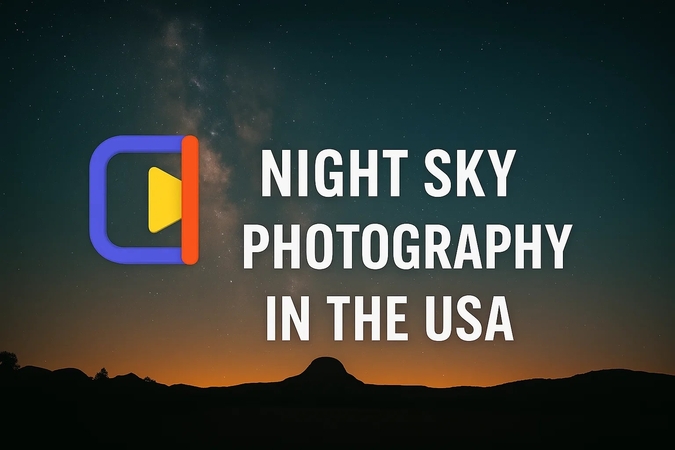



Share this article:
Select the product rating:
Daniel Walker
Editor-in-Chief
This post was written by Editor Daniel Walker whose passion lies in bridging the gap between cutting-edge technology and everyday creativity. The content he created inspires the audience to embrace digital tools confidently.
View all ArticlesLeave a Comment
Create your review for HitPaw articles